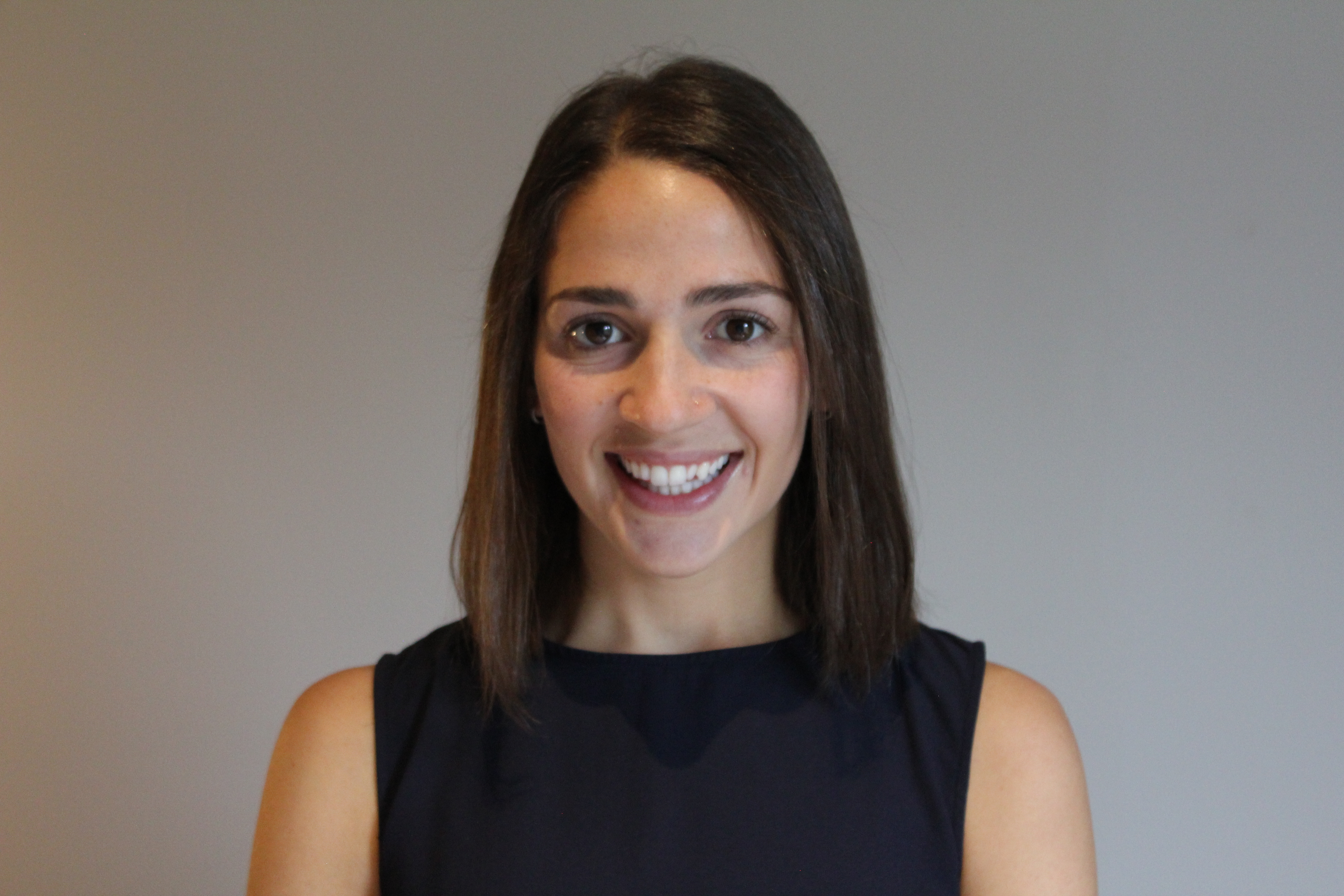Treatment - CBT
Untangling past & present: Direct and indirect effects of adverse childhood experiences and early maladaptive schemas on treatment progress
(PS3-73) Untangling past & Present: Direct and Indirect Effects of Adverse Childhood Experiences and Early Maladaptive Schemas on Treatment Progress

Caroline E. Bucher, M.A.
Clinical Psychology Trainee
Hofstra University
Rocky Point, New York, United States
Sara N. Fernandes, M.A.
Clinical Psychology Trainee
Hofstra University
New York, New York, United States
Lydia J. Roberts, M.A.
Clinical Psychology Trainee
Hofstra University
Brooklyn, New York, United States- SB
Suraj J. Bera, M.A.
Clinical Psychology Trainee
Hofstra University
Floral Park, New York, United States - EG
Ernie Goldberg, M.A.
Clinical Psychology Trainee
Hofstra University
Spring Valley, New York, United States - SG
Scott Gulbransen, M.A.
Clinical Psychology Trainee
Hofstra University
Hempstead, New York, United States - MM
Michael Moerdler-Green, M.A.
Clinical Psychology Trainee
Hofstra University
Bronx, New York, United States - JC
Jeremy Cohen, B.S.
Clinical Psychology Trainee
Hofstra University
Hempstead, New York, United States - KS
Kate Siegler, B.A., M.A.
Clinical Psychology Trainee
Hofstra University
Smithtown, New York, United States 
Rowan Gouda, B.S.
Research Assistant
Hofstra University
Hempstead, New York, United States- WS
William C. Sanderson, PhD, Ph.D.
Professor of Psychology
Hofstra University
Hempstead, New York, United States
Author(s)
Co-Author(s)
Method: Participants will consist of approximately 15 adults presenting for treatment at the Anxiety and Depression Clinic (ADC) at Hofstra University. All participants will be at least 18 years of age and have a primary anxiety and/or depressive disorder diagnosis. Exclusion criteria include presenting with current psychotic symptoms and/or substance use disorders. After informed consent, participants will complete a series of self-report questionnaires during intake: The Young Schema Questionnaire Short Form Version 3 (YSQ-S3; Young & Brown, 2005), Adverse Childhood Experience Questionnaire for Adults (ACEQ; Felitti et al., 1998), Patient Health Questionnaire-9 (PHQ-9; Kroenke & Spitzer, 2002), Generalized Anxiety Disorder-7 (GAD-7; Spitzer et al., 2006) and Quality of Life Scale (QOLS; Flanagan, 1978). These will measure participants’ EMS, ACEs, and psychological symptoms at the start of treatment, respectively. Demographic information will also be collected. Subsequently, participants will begin CBT and treatment progress will be assessed twelve weeks later. Specifically, participants will re-complete the PHQ-9, GAD-7, and QOLS, which will capture the status of their psychological symptoms after twelve weeks of treatment.
Background: Depressive and anxiety disorders are the most common mental health disorders worldwide and large contributors to global disability (World Health Organization, 2017). They can lead to substantial losses in functioning and quality of life (Hansson, 2002; Saris et al., 2017). Cognitive behavioral therapy (CBT) stands as an empirically-supported treatment for those suffering with these disorders (Watts et al., 2015). Identifying factors that speak to treatment trajectories and barriers to treatment progress is critical to inform and improve intervention implementation. Adverse childhood experiences (ACEs) and early maladaptive schemas (EMS) have been associated with anxiety and depression in past studies (Gardner et al., 2019; Nanni et al., 2012; Renner et al., 2012; Tariq et al., 2021). Notably, there is preliminary evidence further suggesting they may relate to poorer treatment outcomes and longer times to remission (Miniati et al, 2010; Nanni et al., 2012; Renner et al., 2012; Sunde et al., 2019). However, details regarding connections among ACEs, EMS, and treatment progress for anxiety and depression remain unclear. The current study aims to address this gap by exploring direct and indirect effects of ACEs and EMS on depressive and anxiety symptoms in adults following a course of CBT.
Data Analysis Plan: Moderated multiple regressions will be conducted to assess direct and indirect effects of ACEs and EMS on treatment progress. Change scores from intake to twelve weeks on the PHQ-9, GAD-7, and QOLS will reflect changes in depressive and anxiety symptoms, which represents treatment progress in the current study.

.png)
